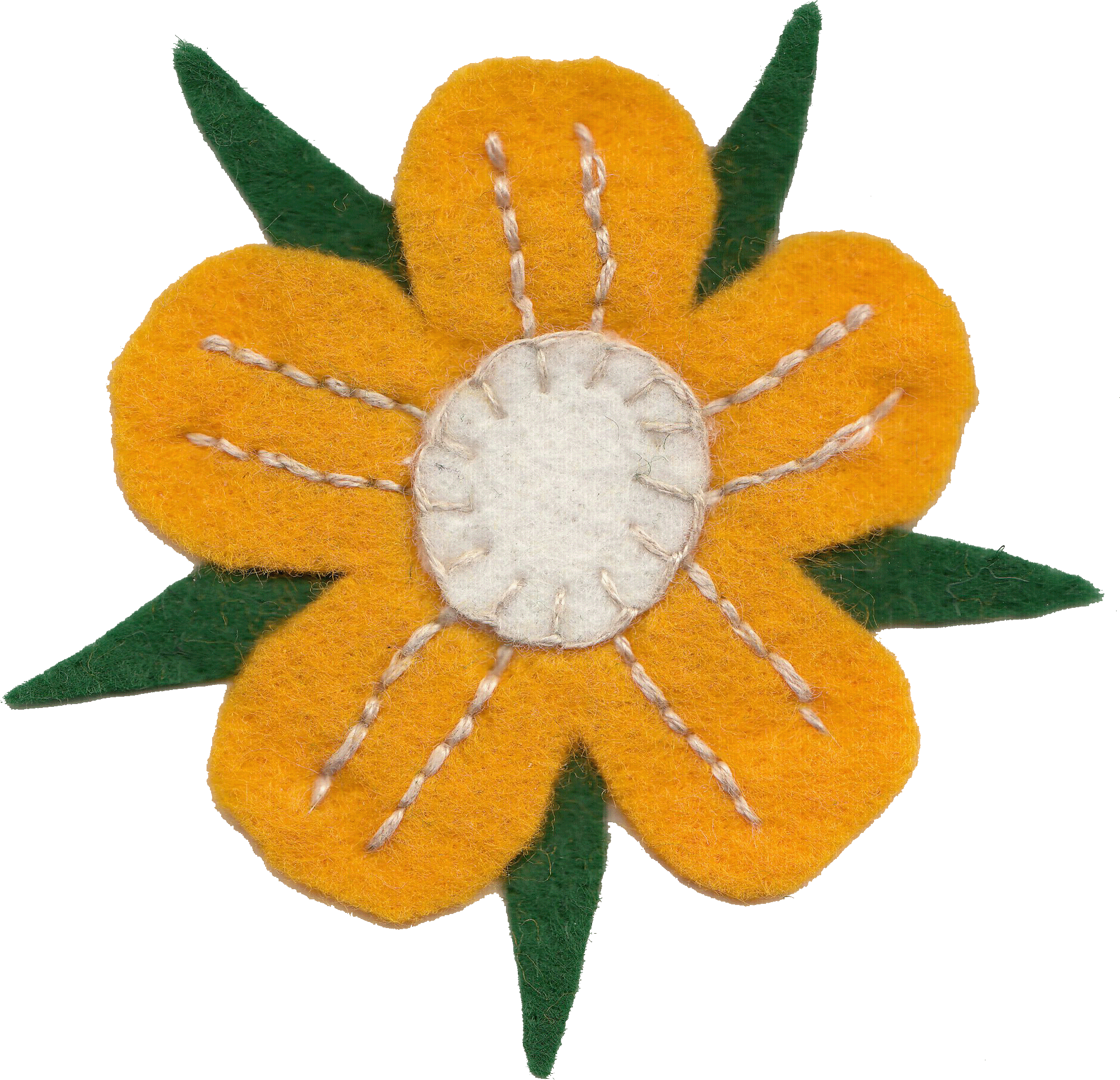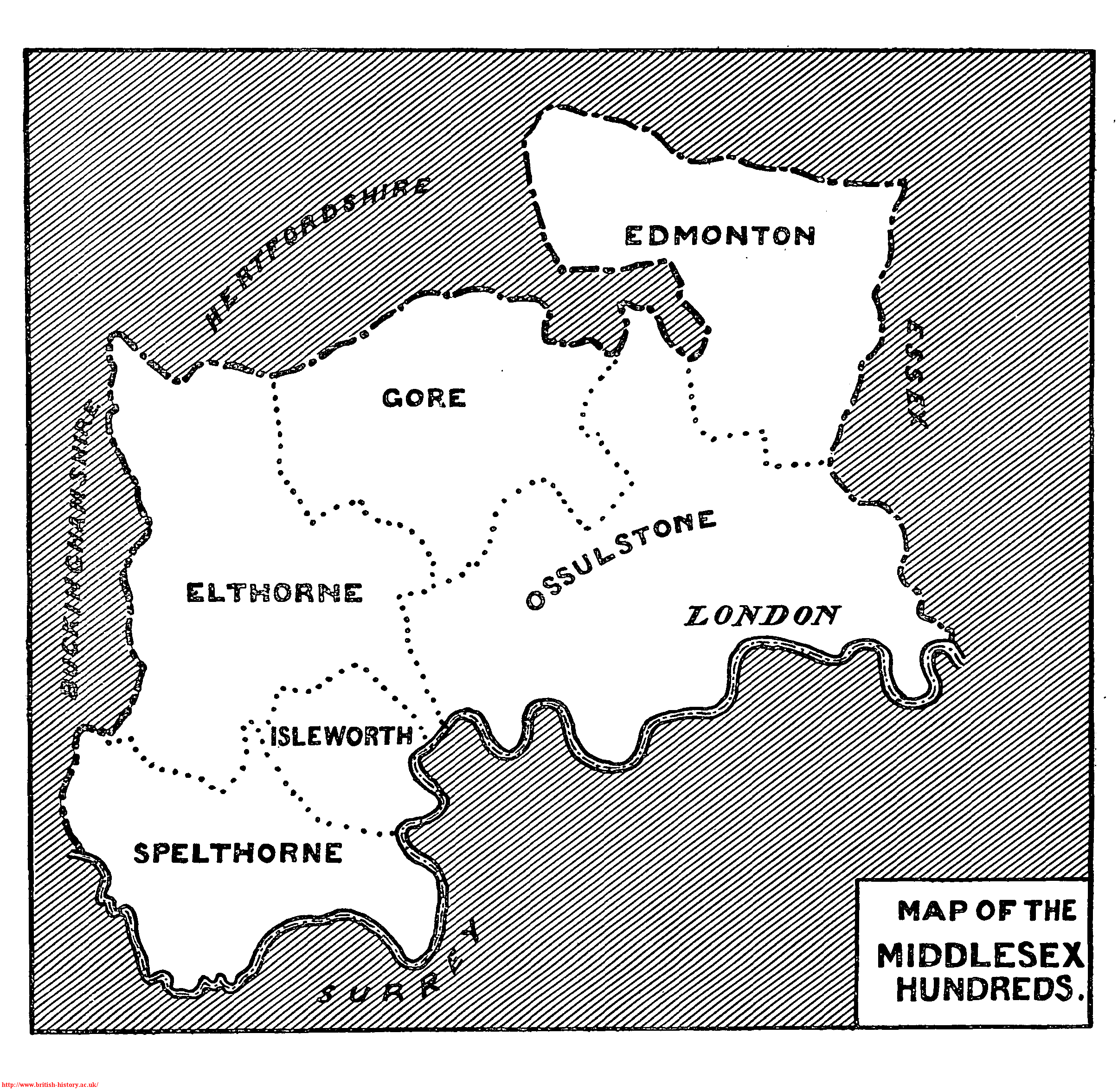top of page
Knygts Erraunt

of Edmonton
the
About Us
The Knygts Erraunt of Edmonton aim to bring people together who are interested in the Middle Ages and help them express their interest in a creative way. To reach a high level of accuracy in our living history expressions, we study contemporary texts, paintings and other sources. We share our knowledge with each other during weekly meetngs and training sessions. We also share what we've learned with spectators at living history events where we display a range of activities, including cooking, fighting and various handicrafts.
Apart from sharing an interest in the Middle Ages, we are simply a group of people enjoying good company and outdoor activities. We join as many historical events as we can, both in Edmonton and further afield. We even share medieval meals with each other, especially in the cold, dark winter months. These are all good occasions to learn from each other, enjoy good food, and have fun.
What is a "Knygt Erraunt"?
The first recorded use of the term "knygt erraunt" comes from the mid- to late-14th century romance Gawain and the Green Knight. It was written in Middle English, and that's how "knight" (and "errant") was spelled by the Gawain author (except in place of the "g" the letter yogh was used, which eventually got replaced with "gh"). A knight, of course, is a horse-mounted soldier in heavy armour who is part of the lesser nobility.
To be errant, meanwhile, is to go on errands, or rather, to be wandering around on adventures. What could be better than that? In modern English, to be "errant" can also mean to have erred or committed an error (i.e., being naughty), which has its own amusing connotations.
Of course, we're not always going on adventures. Likewise, not all of us re-enact knights either. There are a great many other interesting things to be and do in the Middle Ages than being a "terrible worm in an iron cocoon" (a contemporary chronicler's description of knights). Besides, it's also desperately expensive suiting up to be a member of the nobility, let alone one encased in all manner of steel!

What is Living History?
There are a lot of terms used to describe what clubs like ours does, and many different interpretations of what it means to practice this hobby. For us, living history means trying to re-create those aspects of history from a particular place and time with which we can surround ourselves, like tents, clothes, or weapons. Living history is what some employees at open-air museums do (like Fort Edmonton), although unfortunately there aren't any outdoor medieval museums in Alberta for us to volunteer at!
Historical re-enactment becomes possible when there are enough living history groups in an area to re-create large scale historical events, such as a battle that actually took place on a particular date.
This isn't yet the case in Western Canada, but various groups sometimes do assemble for larger public displays, and sometimes themed shows can be said to re-enact at least a generic feast or tournament.
One aspect of living history and medieval re-enactment is historical European martial arts (HEMA), where the fighting techniques of medieval masters are studied and practiced as best as historical mansuscripts allow. Living history and HEMA are not always combined (some re-enactments involve stage fighting, while many HEMA groups do not practice in historical clothing or armour), but (perhaps too optimistically) the Knygts Erraunt of Edmonton endeavour to do both.
Another aspect of living history is amateur experimental archaeology, which is trying to build and/or use medieval tools to replicate or approximate the processes or products used in the Middle Ages. This is both a skill-building and an artisanal exercise, providing insight into medieval practical knowledge and providing authentic items for our historical representations. One ongoing project of the Knygts Erraunt is the creation of parchment, a sort of 'paper' made from animal skins.
Our Historical Time Frame
The Middle Ages span a period of rougly a 1000 years. Naturally, big changes took place during this period of time. Even during the 14th century, huge changes occurred between the reigns of Edward I ("Longshanks," the bad guy in Braveheart), who died in 1307, and Henry IV, who deposed Richard II in 1399. In fact, the historian Ian Mortimer claims that at no other point in history has men's fashion changed so much over a hundred year period! Narrowing our focus to a shorter time frame allows our historical representations to be much more manageable.
Our club decided to focus on the quarter-century from 1345-1370 A.D. The 14th century is rightly known as a century of transitions, and this portion of it might well be the most transitional of them all. In 1346, the battles of Crecy and Neville's Cross shocked Europe, with England handily defeating both France and Scotland, respectively. France was humbled again in 1356 at Poitiers, and signed the humiliating Treaty of Bretigny in 1360. The Battle of Visby, with its famous archaeological finds, was fought in 1361. With the end of the Castillian Civil War in 1369, the military excursions of Edward III and his sons more or less came to an end (The Prince of Wales died in 1376, King Edward himself died in 1377, and the Duke of Lancaster's military excursions dwindled thereafter).
We also chose this period because several important illustrated manuscripts, such as the Luttrell Psalter, date at the latest to 1340, and so can provide valuable references for medieval costume, especially for commoners. Furthermore, the Great Plague ("Black Death") hit from 1348-1350, and the Free Companies, which ravaged much of Continental Europe, arose towards the end of the 1350s. The famous Order of the Garter was founded in 1348, the sumptuary law of 1363 defined what sorts of fashions English people may wear, and during this period the nobility of England actually started to speak English instead of French!
The Edmonton Hundred
A "hundred" was a subdivision of a medieval county, and Edmonton was one such division, just a bit north of London (it has now been swallowed up by metropolitan London, because the city is just a wee bit bigger now than it was 700 years ago). One of our founding members actually lived in Edmonton, UK, for a little while! Because our Canadian city is also named Edmonton, this parallel gives us a useful historical point of departure from which to start our historical impressions. There is an actual Edmonton Hundred Historical Society in England, whom we do not wish to replace (!), but very much wish to contact and learn from as we develop our knowledge of the area and time period.

Just because historic Edmonton was located in England doesn't mean the Knygts Erraunt recreate only English medieval history. Contrary to popular belief, medieval Europe was remarkably cosmopolitan. England had obviously close connections to Wales, Scotland, France, and Flanders (modern Belgium), but also had ongoing contact with Spain, Germany, Italy, and even Hungary. By using the Edmonton Hundred as our theoretical home base, we can move outwards from there and incorporate various other European cultures as they might have interacted with English folk during this time.
Our Origins
The founding members of the Knygts Erraunt of Edmonton started out as members of the Knights of the Northern Realm, a 14th century living history group founded in 2001 as the Edmonton chapter of the now-defunct Alberta-wide Knights of the Wild Rose (affiliated at the time with Valentine Armouries in Calgary). While the Knights of the Northern Realm focussed on practicing historical European martial arts with period-accurate armour and weapons, the founders of Knygts Erraunt also wanted to recreate many other aspects of everyday medieval life as part of their club involvement. The Knygts Erraunt started out as an informal confederacy in the summer of 2014 for the purposes of planning all sorts of medieval activities, including camping, cooking, fishing, cloth dyeing, yarn spinning (literally), carpentry, blacksmithing, sewing, parchment making, bow and arrow making, painting, calligraphy, weaving, linguistics, and collaborating with other medieval groups in the vicinity. By the end of 2015 it was becoming increasingly clear that these interests would be better pursued in the context of a separate club, and so on March 2nd, 2016, we met in a member's basement and decided to form a living history club focussing on the period 1345-1370 A.D.
bottom of page